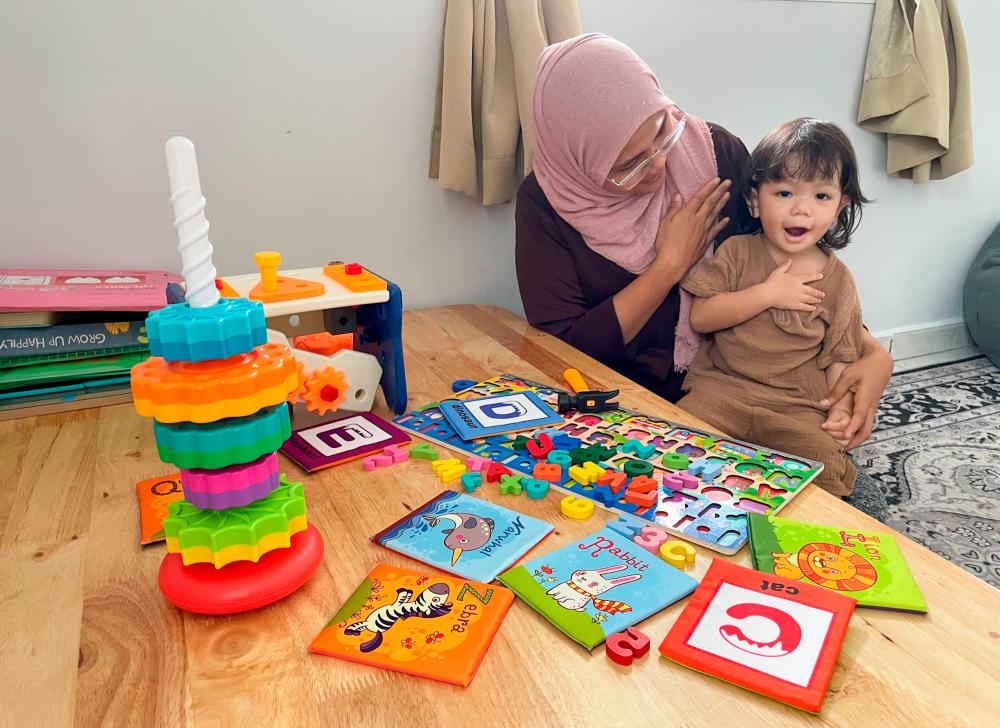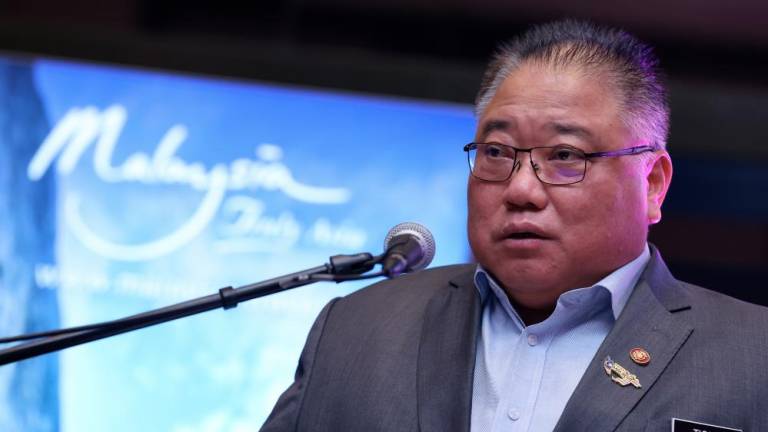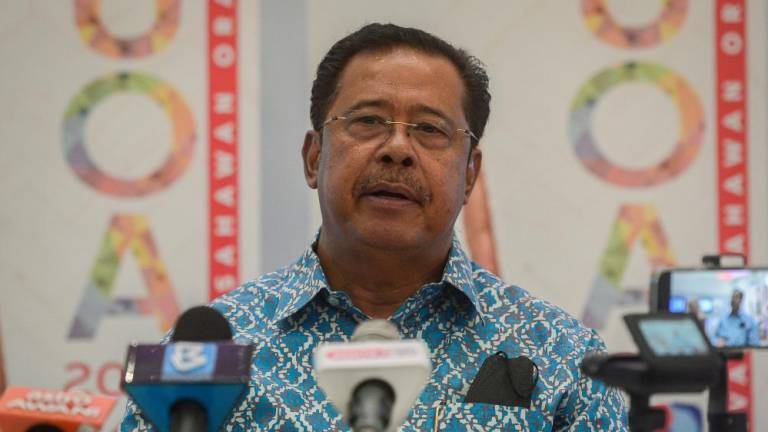PETALING JAYA: Universiti Kebangsaan Malaysia Faculty of Education lecturer Assoc Prof Dr Hasnah Toran said early childhood education and parenting practices have taken a new direction by using sign language to communicate with newborns and toddlers.
“The adoption of sign language by mothers reflects a broader cultural shift to more inclusive and child-centred parenting practices that now form the cornerstone of healthy attachment and development.”
Hasnah said sign language has been successfully used with those who find difficulty learning verbal communication.
“Apart from those with hearing impairments, individuals with developmental disabilities such as autism and mental retardation have learned to communicate through sign language.
“However, by using sign language even with infants without disabilities, parents can forge deep connections and lay the groundwork for strong communication.”
Nuraqilah Muhammad Izzuan, 35, who has a two-year-old and five-year-old son, said: “When my eldest was diagnosed with autism, I was determined to connect with him.
“Little did I know that signing with him would bridge the gap. To my surprise, it also facilitated my youngest son’s language development effortlessly when he was just a year old.”
Nuraqilah said signing became her family’s second language and drew them closer.
Despite initially worrying about juggling the needs of her children and potential speech delays for her younger son, she is relieved that he communicates effectively with everyone.
On misconceptions on the use of sign language, Hasnah said there is concern among the public that the early adoption of sign language could potentially delay speech development.
“Studies have consistently shown that introducing sign language does not hinder a child’s vocal development but increases his verbal skills and cognitive growth.
“Moreover, research indicates a positive effect on language development, particularly up to around the age of four.”
Hasnah said it is important to speak while signing, so children can watch the speaker’s mouth and connect it with the signs.
She said eventually, the child would copy the signs, then start talking while signing, and finally just talk.
The combination of speech and sign language stimulates the brain through multi-modal communication, which fosters neural connections and cognitive flexibility.
“Sign language has been shown to reduce tantrums in toddlers by empowering them to express their needs more effectively.”
By signing, Hasnah said infants become better equipped to process information, solve problems and navigate their environment. However, she cautioned against “hothousing”, which means teaching children at higher levels than their age.
She also advised parents to balance learning with natural exploration.
“While sign language can be a valuable tool for early childhood development, it should not be used to pressure children or prematurely accelerate their developmental milestones.
“By providing children with a means of communication that transcends verbal language barriers, parents can mitigate frustration and promote their emotional health as well.”










